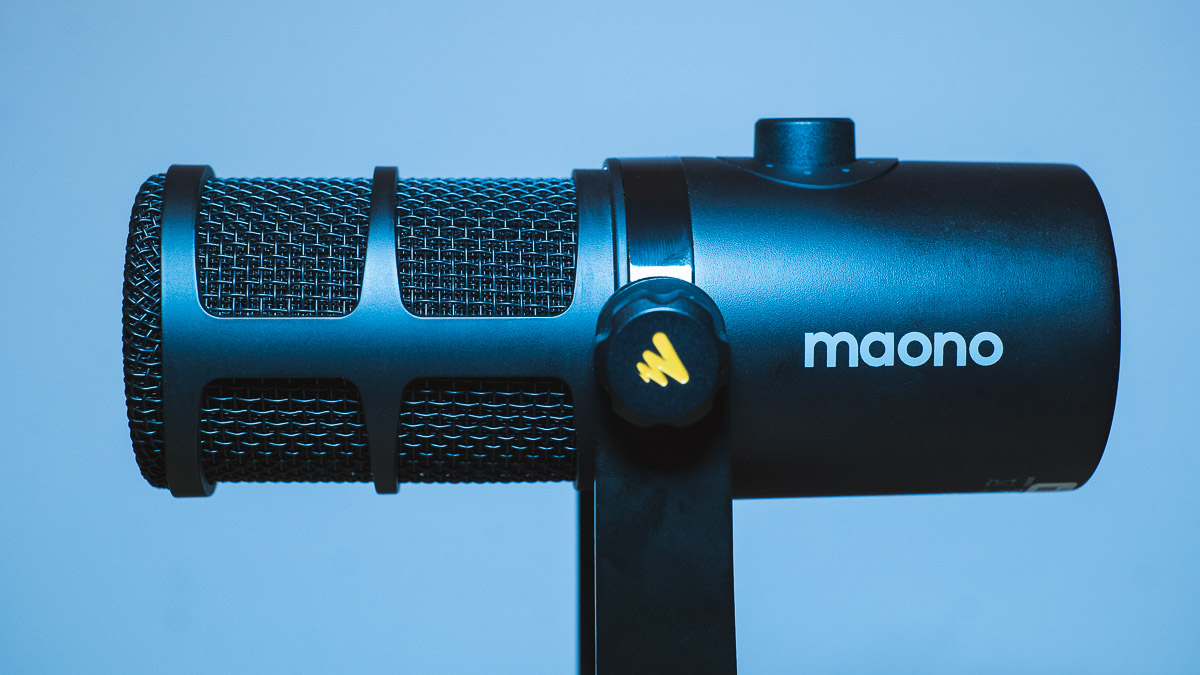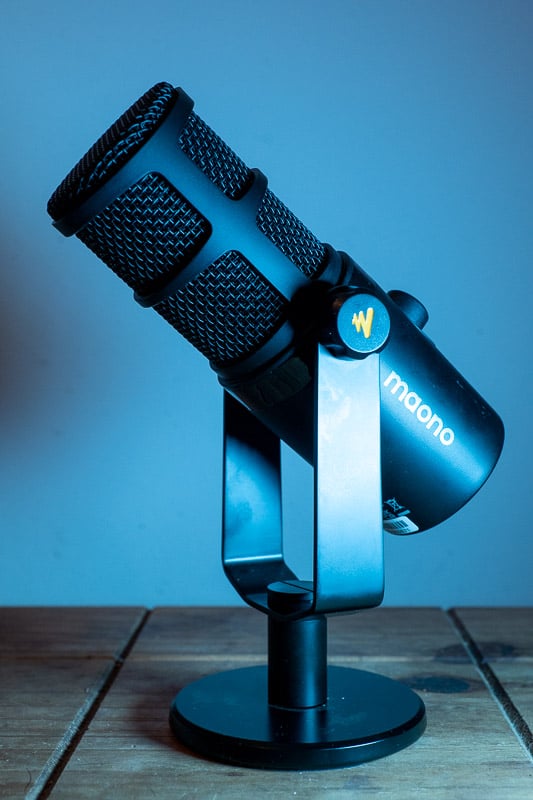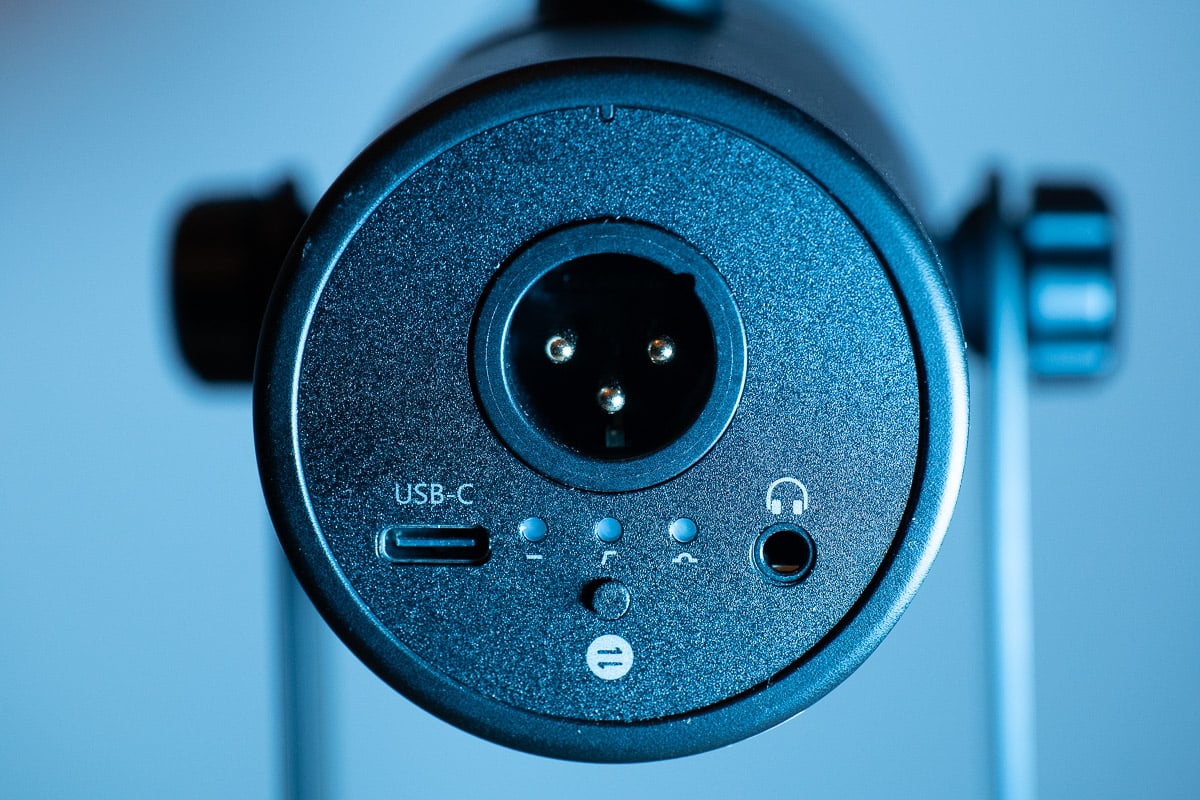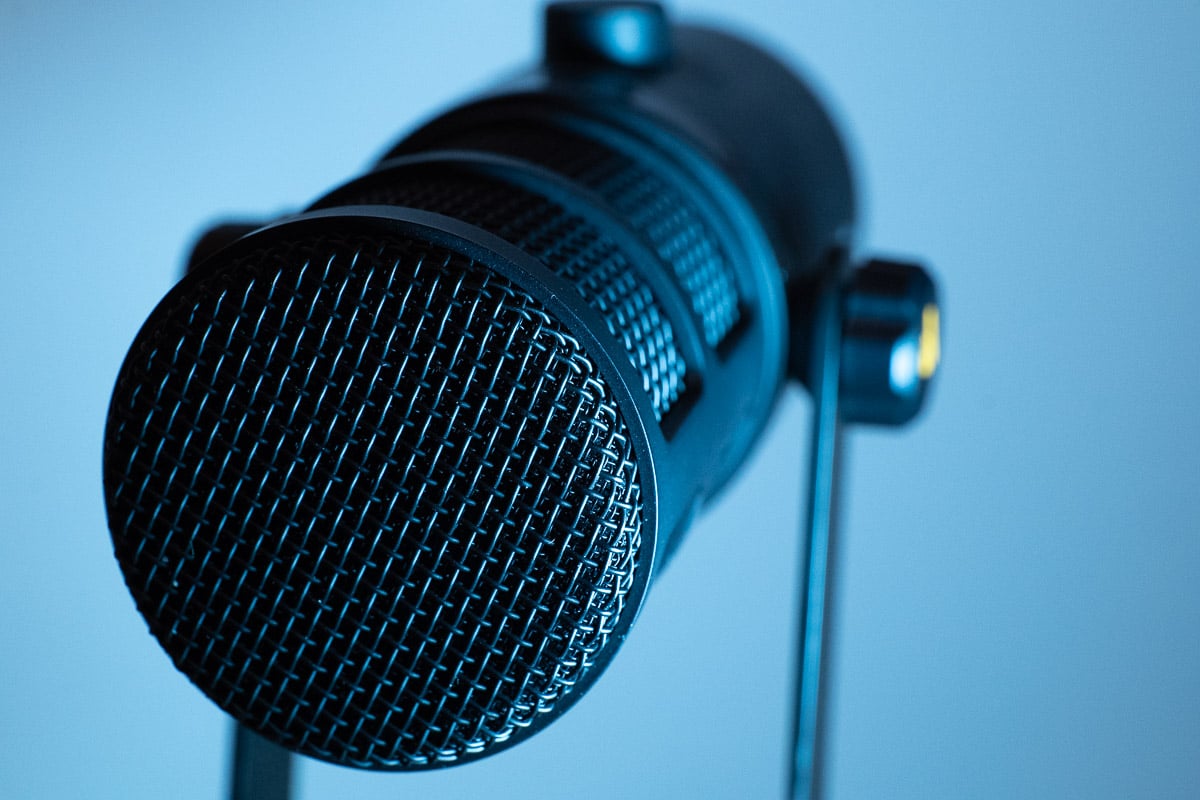
We take look at Maono's Dynamic USB/XLR studio microphone, and ask whether it can stack up to the mighty Shure.
If you're someone who wants to record their own voice overs or produce a professional sounding podcast, you'll need a quality microphone. Vocal recording in non-professional settings is always a challenge, and no matter what mic you are using, the sound recording will always benefit from some room treatment. But what if that isn't an option? After all, podcasts are sometimes recorded from all sorts of different places. Alastair Campbell and Rory Stewart, for example, due to their busy schedules, often end up recording from hotel rooms and all manner of other places for their Rest is Politics podcast.
When it comes to recording vocals in such environments, nothing really beats a cardioid pattern dynamic microphone. In recent times a number of budget models have come onto the market, some of them performing quite well. However, the gold standard that most podcasters and live streamers aspire to is the Shure SM7B. Renowned for its clarity and flat response, it's the mic everyone wants, although at £350 it isn't a budget option. Okay, I know, when it comes to microphones for video £350 is actually fairly inexpensive. You'll pay well over a grand for a decent professional location shotgun mic setup, for example. But we're in an age where lots of people from all different backgrounds may well need to record clear vocals without lots of echoey room resonance.
Most of the budget dynamic microphones on the market are USB based, whilst the Shure SM7B an XLR mic, requiring a decent audio interface in order to use it directly into a computer. Enter the Maono PD400X.

Maono PD400X dynamic microphone
Maono PD400X features
The PD400X is a new mic to the market from a manufacturer that has been demonstrating some quality products are very reasonable prices. We reviewed its condenser mic a few months back and we were impressed with its construction and audio qualities. So, how does the PD400X stack up?
For starters, the PD400X is a hugely versatile mic. It features both a USB and XLR socket, so it can be connected directly to camera audio inputs and audio mixers, and be used as a podcasting mic directly into the USB socket of any computer.
The build quality is quite something. It's an all metal construction, and has quite a bit of heft to it. This isn't some cheap feeling flimsy product in any respect. It looks and feels very high quality.

XLR and USB-C outputs, along with zero latency monitoring via a 3.5mm headphone jack
The package comes complete with a desktop stand and bracket. The latter can be attached to any industry standard boom arm if you need more flexibility for positioning. Helpfully, Maono also includes a USB-A to USB-C cable, although note that the microphone itself is USB-C, so you'll need a different cable to connect to the latest MacBook Pros. Maono has also included a decent, long XLR cable in the box as well.
On the body of the microphone is a multi-function dial switch. This can be used to adjust the gain, monitoring output volume, and monitoring output mixing. There's also a lit symbol on the body that's touch sensitive. Tapping this mutes and unmutes the microphone, although it is easy to accidentally touch it. Lastly, on the rear of the body is a button that selects between flat frequency response, a high pass filter, presence boost, and a combination of the high pass filter and presence boost option. All of these controls feel nice and responsive, as well as having a quality feel to them.
The monitoring option on the microphone body is a useful one. Plug a 3.5mm headphone into it and you can monitor your voice with zero latency. At the same time you can also listen to the audio output from the computer (which will have a slight delay), and you can control the mix of these. Turn the dial fully to the left in the mix adjustment mode, and you will hear only your live, zero latency voice. Turn it fully to the right and you'll only hear the computer output.
When the mic is in use the lights that are used to indicate the volume and mix adjustments change to a VU meter. This isn't marked on a scale, but it does give you a good idea of the loudness of anything going into the mic.

High build quality
How does it sound?
There's a certain amount of subjectivity when it comes to how mics sound and people's opinion of them. To my mind I really like what I hear coming from the PD400X. I don't have a Shure to compare it directly against, but I don't think that would really gain anything. The sound I hear from the Maono, to my ear, sounds natural and detailed, and it does a very good job of rejecting any room resonance and reflections. I've produced an audio version of this review below that you can listen to and make your own conclusions. This was recorded in a room with no sound treatment at all, and mostly flat, quite reflective walls. I have performed no post EQ or volume adjustment. What you hear has come straight off the mic via USB into DaVinci Resolve.
Conclusions
I'm impressed. The PD400X is being sold for $149 at the present time (normally $169), and for that you are getting a high quality sounding mic with XLR and USB connectivity, something that is a rarity on the market. The controls and adjustments are easy to use and understand, and further EQ adjustments for live streaming and other aspects can be adjusted using the Maono Link software. Maono Link gives you more precise control over gain, more options for EQ and compression and limiter abilities.
To conclude, the Maono PD400X dynamic microphone would appear to offer extremely good value. It performs well and has very solid construction quality that would suit a wide variety of users. For those who have minimal knowledge of post audio tuning and adjustment, the Maono Link software offers lots of easy settings to achieve different sound, depending on how the mic is being used.
In short, if you need a dynamic mic, I can highly recommend taking the time to consider the Moano PD400X.
Audio review
Tags: Audio microphones Podcasting


Comments